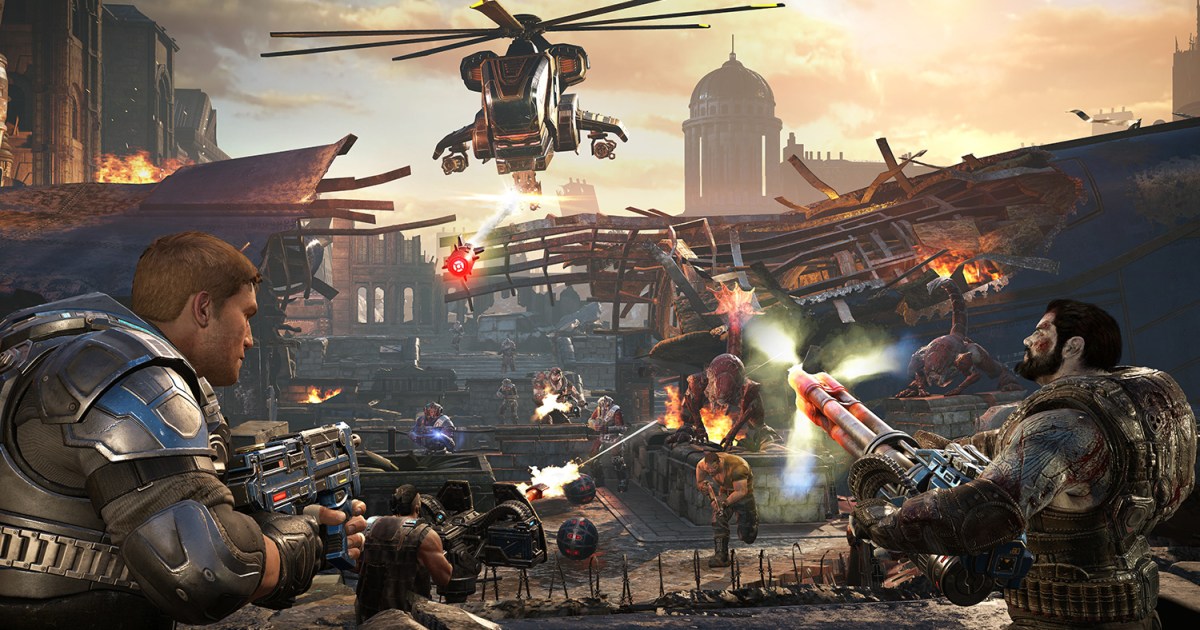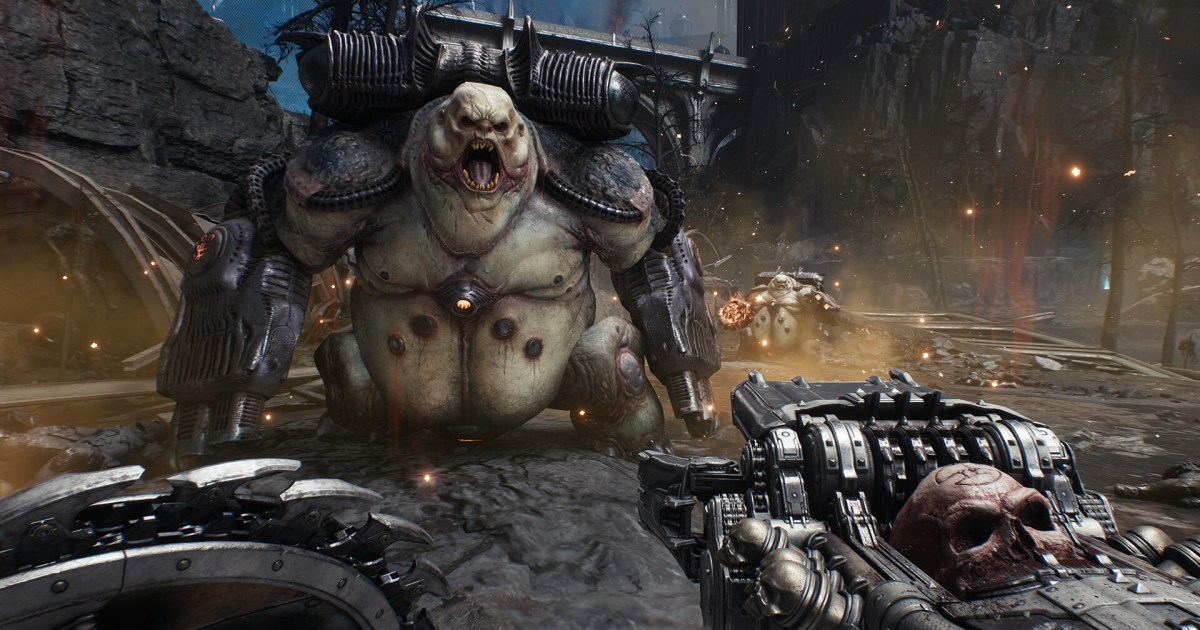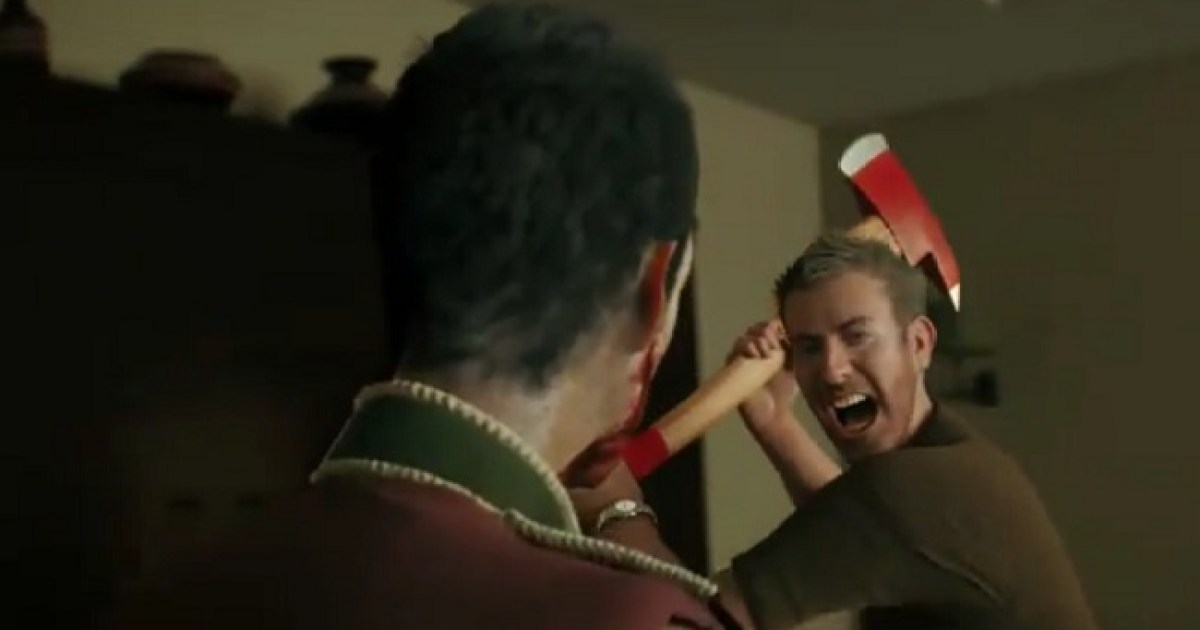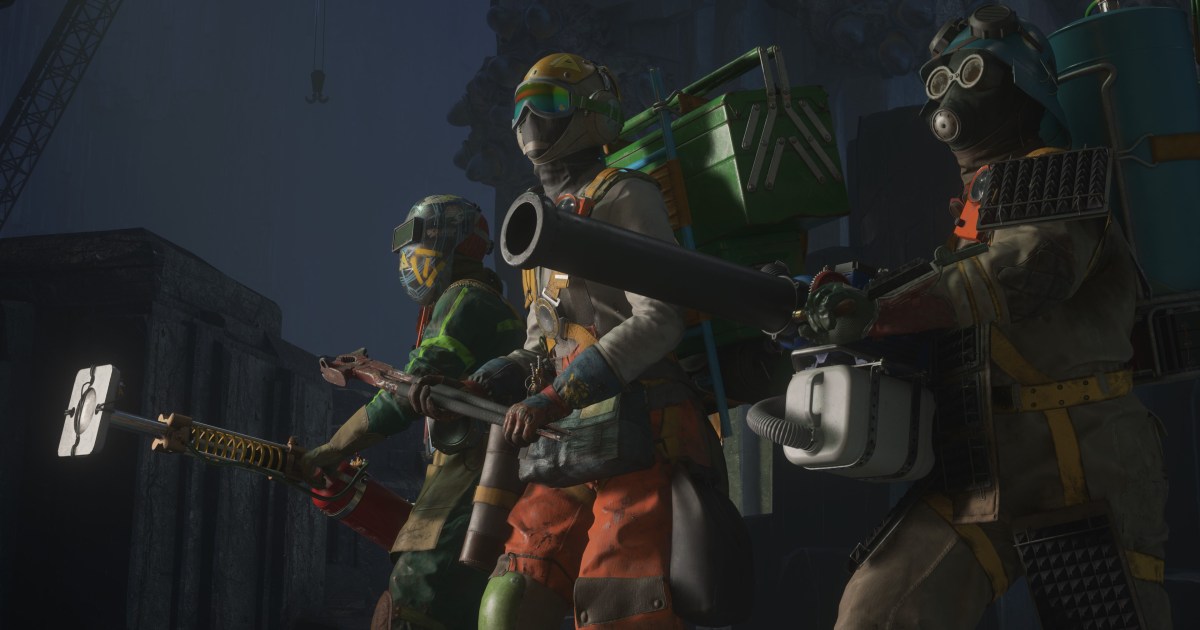The Gears of War franchise has captivated gamers since its Xbox 360 debut, immersing players in the war-torn world of Sera and the fight against the Locust Horde. With sequels, prequels, and even genre-bending spin-offs, navigating the Gears universe can be challenging. This guide provides a comprehensive breakdown of how to play all the Gears of War games, both in release order and chronological order, ensuring you experience the full impact of this epic saga.
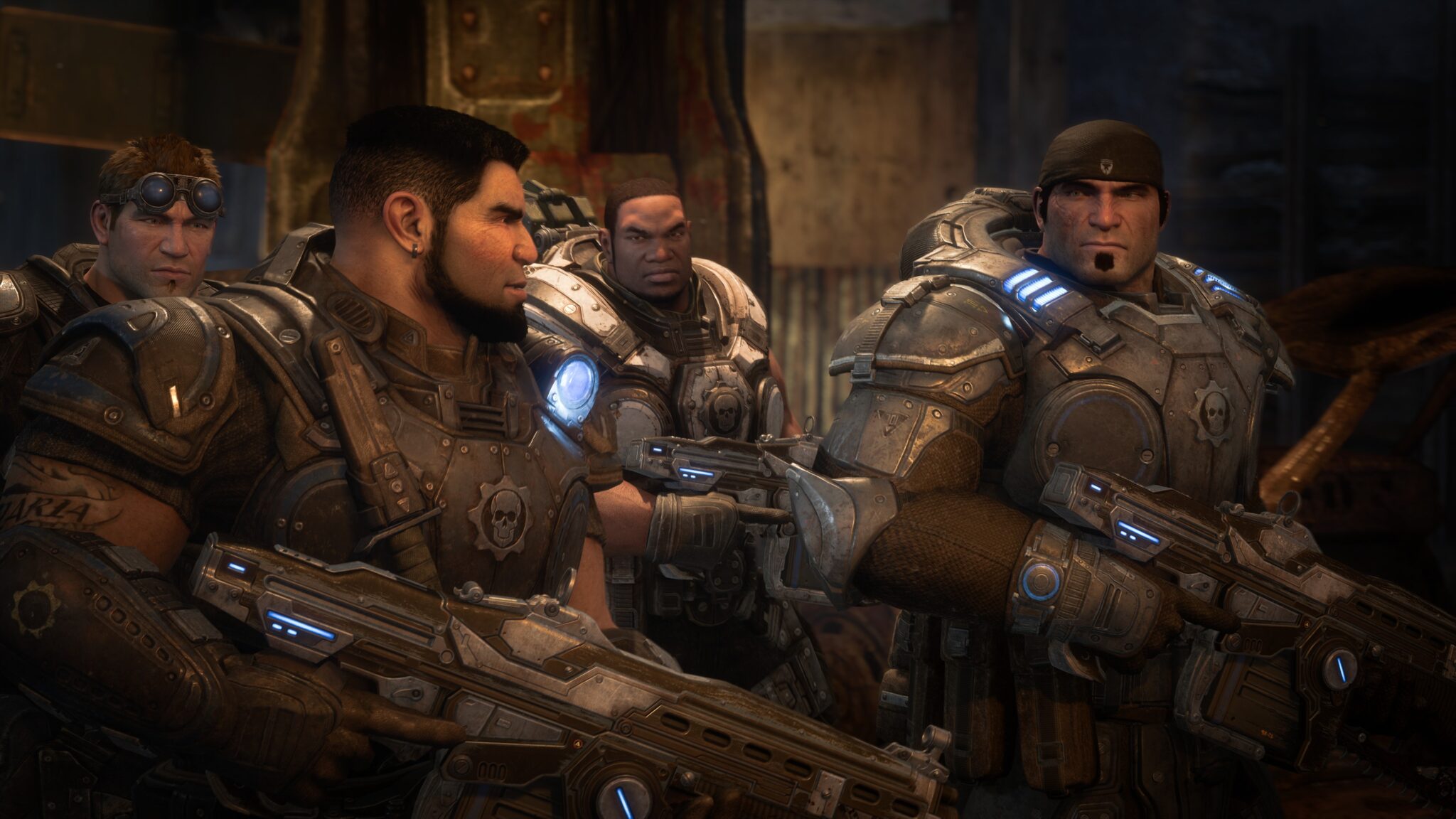 alt=Key art for Gears of War: Reloaded featuring Marcus Fenix and other squad members
alt=Key art for Gears of War: Reloaded featuring Marcus Fenix and other squad members
Playing Gears of War in Release Order
Experiencing the Gears saga as it unfolded originally can be a rewarding journey. From the groundbreaking original trilogy developed by Epic Games to The Coalition’s later entries, each game added new layers to the story and gameplay. The re-release of the first game as Gears of War: Reloaded provides an enhanced entry point for new players, albeit slightly complicating the release order.
Here’s the complete release order for the Gears of War franchise:
- Gears of War (2006)
- Gears of War 2 (2008)
- Gears of War 3 (2011)
- Gears of War: Judgment (2013)
- Gears of War 4 (2016)
- Gears 5 (2019)
- Gears POP! (2019)
- Gears Tactics (2020)
- Gears of War: E-Day (TBD)
Playing Gears of War in Chronological Order
While the numbered entries generally follow a linear timeline, the non-numbered games offer valuable insights into the broader narrative. These games explore different perspectives and fill in crucial gaps in the story, providing a deeper understanding of the events leading up to the main storyline. Playing in chronological order enhances the emotional impact of the series by providing context and background for the world and its characters.
 alt=A cityscape of Sera from Gears of War: E-Day, showing the destruction caused by the Locust emergence
alt=A cityscape of Sera from Gears of War: E-Day, showing the destruction caused by the Locust emergence
With the exception of Gears POP!, which exists outside the main canon, the chronological order is as follows:
Note: The Gears timeline is marked by years Before Emergence Day (B.E.) or After Emergence Day (A.E.)
- Gears of War: E-Day (0 B.E.)
- Gears of War: Judgment (0 A.E.)
- Gears Tactics (1 A.E.)
- Gears of War/Gears of War: Reloaded (14 A.E.)
- Gears of War 2 (14 A.E.)
- Gears of War 3 (17 A.E.)
- Gears of War 4 (42 A.E.)
- Gears 5 (42 A.E.)
Conclusion: Choosing the Right Path
Whether you choose to play in release order or chronological order, the Gears of War franchise offers a compelling narrative and thrilling gameplay experience. Release order provides a sense of how the story unfolded for original players, while chronological order provides a more comprehensive understanding of the lore. Ultimately, the best approach depends on your preferences and priorities. Both options offer a deep dive into the world of Sera and the ongoing struggle against the Locust Horde.



